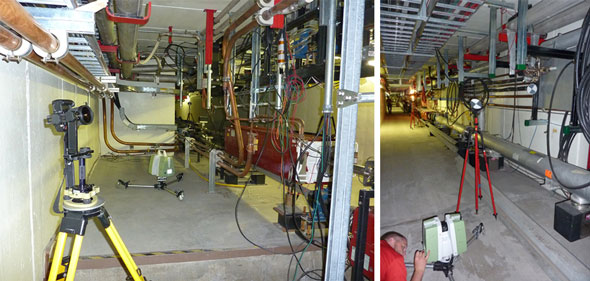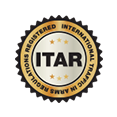

When Fermilab shut down its Tevatron back in 2011, many wondered just what the future held for the revered Chicago-area physics lab. Long known for its particle accelerator, four-miles in circumference and able to accelerate beams of protons and antiprotons to 99.999954% of the speed of light, Fermilab’s Tevatron held the title of most powerful accelerator in the world until CERN took its technologies online in 2008.
But this was simply the end of an era for Fermilab. Scientists quickly began rethinking the scope of the research they were doing, realizing that they could upgrade their existing equipment and delve into a new realm. With access to the Main Injector incredibly difficult due to the infrequency of planned outages, scientists decided to take advantage of this year-long hiatus to begin the refurbishment of the injector for higher-intensity experiments.
And that’s when they contacted us.
Having identified three sub-sections of the Main Injector enclosure where future upgrades were anticipated, Fermilab sent the Exact Metrology team down into the tunnels with two goals in mind:
- Our first goal was to eliminate the need for shutting down of the Injector to obtain dimensional information about its parts. Having this information available on everyone’s desktops, viewable with the free Leica TruView software, acts as a huge asset going forward, as the new construction can move much more swiftly and efficiently with the scan data readily accessible.
- Our second goal was to eliminate the need to access radiation hot spots in the loop. As a particle beam circulates, hot spots are created in the beam line which require complex safety procedures if the areas need to be accessed. Having the scan data eliminates this concern altogether, since it creates a virtual 3D picture of each area the scientists can access at any time.
To make this happen, we headed underground with our brand new Leica p-20 Laser Scanner, as well as a Nodal Ninja Camera System for color overlay.
With the p-20 scanner averaging under 10 minutes per scan location: inclusive of set-up/tear-down time, scanning and picture capture, the teams planned and completed 130 scanner setups and just under 700 pictures for color overlay in just five days, inclusive of radiation worker training. Any previous scanner would have averaged 20 minutes per setup at best, but with the p-20, scan time per setup was under 3 minutes.

Actual scan result: Inside Fermilab's Main Injector
“Our experience working with Exact Metrology has been excellent,” says Horst Friedsam, FNAL Alignment & Metrology Department Head.
We worked with their incredibly knowledgeable team to utilize a new target design, interfacing between our structure and the laser scanner. As a result, the registration of about 130 scanner stations fit to the control points within millimeters.”
Since the Main Injector has an existing control network, which was established via laser tracker by Fermilab’s Metrology department, our team used a collection of custom-made fiduciaries to resection our control into Fermilab’s system. This allows Fermilab to join our scan data with any other existing data they may have of the areas.
Using metrology to potentially unlock secrets of the universe: We can’t think of anything cooler than that. We’ve been honored and excited by the invitation to be part of Fermilab’s headline-making growth and are eager to see what discoveries they have in store for us next.





